The crocodile skink, also known as the “red-eyed crocodile skink,” is a unique reptile native to New Guinea. A few closely related species are also known as “crocodile skinks,” but the red-eyed is the most well known.
These creatures are commonly kept as exotic pets, but not nearly at the same volume as some other reptiles, like ball pythons or bearded dragons. Nevertheless, their intriguing, almost dragon-like appearance, makes them desirable pets. Read on to learn about the crocodile skink.
Description of the Crocodile Skink
This species of skink is relatively small, with a maximum length of approximately four inches. They have stout bodies with four rows of pointed scales along their back. These rows of scales give them a crocodilian appearance. Their eyes are ringed with bright red/orange scales, hence the name “red-eyed” crocodile skink.
Interesting Facts About the Crocodile Skink
With such a unique appearance, it is not unusual that these creatures are commonly kept as pets. There are, however, a few facts that may be important if considering these creatures as pets.
- Hands Off – Though they are common pets, they prefer not to be petted. In fact, any handling tends to stress these reptiles out. Instead, they should be viewed from outside their enclosure, and may be coaxed from their hiding place with a tasty worm or insect.
- Cohabitation – Because they are considered to be a “display only” pet, rather than an easy handler, it may be desirable to house these skinks with other species. This species has been known to be compatible with crested geckos, dart frogs, day geckos, and other small creatures with similar habitat requirements.
- Housing Tension – When housing these reptiles, it is best to keep pairs of the opposite sex. Males housed with males can become incredibly aggressive towards one another. Females display less aggressive behavior towards one another, but opposite sex pairs are the best choice for cohabitation.
- Lifespan – Though such a small creature may not be expected to live particularly long, these reptiles actually have a relatively long lifespan. On average, when kept in the proper conditions, crocodile skinks can live 5 – 6 years. The oldest recorded specimen lived to be 12 years old!
Habitat of the Crocodile Skink
The preferred habitat of this species is tropical rainforest. They must live in moist, humid environments, and utilize rotting leaf litter as a hiding place. This species will even dig beneath the leaf litter, and create small nests under the substrate. Though they are more than capable of climbing if necessary, most of the time this species is found on the forest floor.
Distribution of the Crocodile Skink
Outside of pet ownership and zoos, this species has a relatively small range. They are found only in Papua New Guinea. Other closely related species of skinks can be found across the surrounding islands. As pets, these reptiles breed quite readily, and can be found in households and zoos worldwide.
Diet of the Crocodile Skink
A wide variety of insects and other creepy-crawlies can be found in the moist substrate of the rainforest floor. These skinks will feed on a wide variety of bugs and worms. In captivity they can be fed small crickets, roaches, mealworms, silk worms, and red wrigglers. A good rule of thumb on feeding is to only feed live prey that is half the size of the skinks head, or smaller.
Crocodile Skink and Human Interaction
Because these reptiles are relatively small, native people do not utilize them as a food source. Until their introduction to the pet trade, there was minimal interaction between crocodile skinks and humans. They are reclusive and secretive creatures, and avoid contact with larger animals. The pet industry has put some pressure on the species, but exactly how much is unknown.
Domestication
Crocodile skinks will breed in captivity, but have not been domesticated in any way.
Does the Crocodile Skink Make a Good Pet
Yes, crocodile skinks can make good pets, but they should not be handled frequently. When choosing a pet, it is important to do your research and ensure the pet is a good fit for you.
Crocodile Skink Care
If properly cared for, these creatures can live to well over five or six years old. Their natural habitat is quite warm, and it is important to maintain temperatures as close as possible to their wild counterparts. High humidity is incredibly important, and their substrate should be moist at all times.
It is more important for enclosures to be long and wide, rather than tall, as this species spends most of its time on the ground. Substrate should be adequately deep for the skinks to dig beneath the surface and create nests.
Behavior of the Crocodile Skink
This species is one of the few reptile species that vocalizes when in distress. When handled they have been known to make noise, attempt to escape, play dead, and drop their tails. This is highly stressful to the animal, and should be avoided at all costs. This species prefers to spend its time hiding beneath the leaf litter, and searching for small prey to eat.
Reproduction of the Crocodile Skink
During the breeding season, the female lays a single egg per week for six weeks. She will dig herself a nest, and bury the eggs just below the surface. Both the male and female will guard the nest to protect it from predators. After the young hatch, it will take between three and four years before they are able to reproduce themselves.


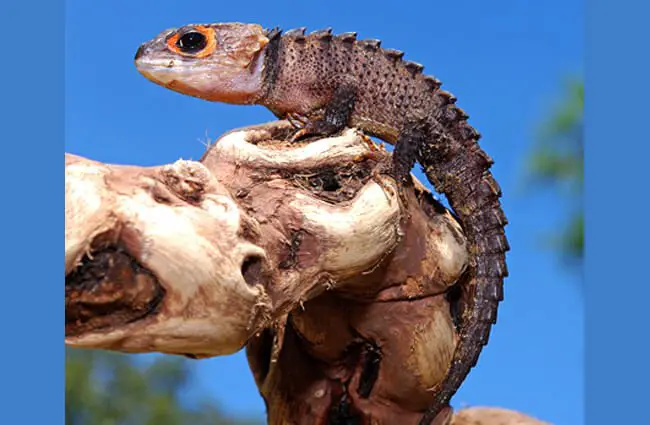
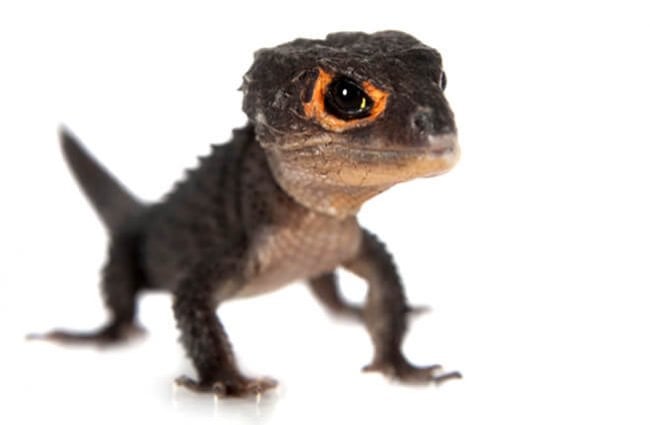

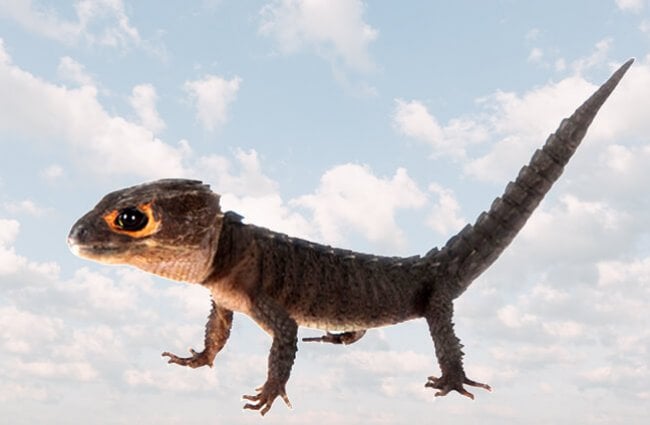

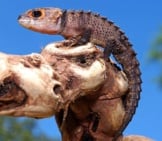
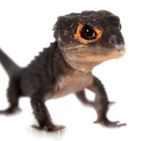

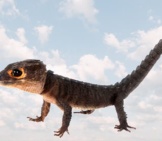
![Red Angus Closeup of a beautiful Red Angus cowPhoto by: U.S. Department of Agriculture [pubic domain]https://creativecommons.org/licenses/by/2.0/](https://animals.net/wp-content/uploads/2020/03/Red-Angus-4-238x178.jpg)












![Red Angus Closeup of a beautiful Red Angus cowPhoto by: U.S. Department of Agriculture [pubic domain]https://creativecommons.org/licenses/by/2.0/](https://animals.net/wp-content/uploads/2020/03/Red-Angus-4-100x75.jpg)

